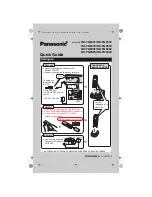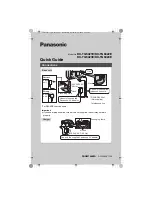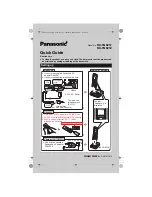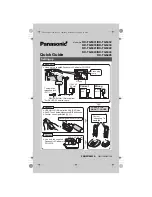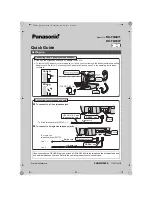
You will hear:
“Six One Four (0.6 sec silence)”
Program # 515:
Busy String
The next 3 programs refer to the In-band signaling strings dialed by the
PBX to signal the call status in the Integrated mode of transfers. Here also,
you may program a Primary and Alternate string for each type and if either
string is received by the ATT 2000, it treats the string as matched and takes
further action accordingly.
For example -
If the Primary Busy string is
Þ
7
Þ
5 <Called Extn> <Calling Extn>
##
,
to program this string, enter 515 0
ÞÞ
7
ÞÞ
5
Þ
4
Þ
4
Þ
4
Þ
4
Þ
4
Þ
4
Þ
4
Þ
4
Þ
2
Þ
2
#
Length of entry = maximum of 32 digits, including the
#
key (for each
string).
The called extension and the calling extension information are not
required and hence may be ignored. However, it is important that
Þ
4 for
each digit of the Called and Calling Extension number be programmed
correctly and must be equal to the Extension length. Hence, mixed
Extension lengths may not be used in such cases as it is not be possible to
program and decode these strings properly.
Default value : None
The
#
at the end is not prompted as it is an indicator of the end of the
string.
Program # 615:
To listen to the currently programmed value for the Busy string -
You will hear (in the above example where the Alternate Busy string is
blank):
“Six One Five (0.6 sec silence) Star Star Seven Star Star Five Star Four Star
Four Star Four Star Four Star Four Star Four Star Four Star Four Star Two
Star Two”
Program # 516:
No Answer String
The programming for the No-Answer string is identical to the Busy string
and you may program a Primary and Alternate No Answer string.
Length of entry = maximum of 32 digits, including the
#
key (for each
string).
48
Содержание ATT 2000
Страница 1: ......
























